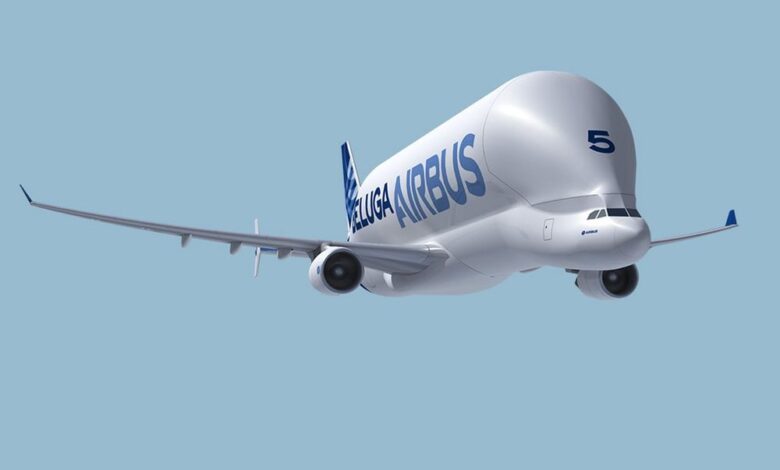The Most Interesting Aircraft In The World

Aviation is one of the most interesting spheres in the world. Most of the latest developments are used in it. There happened to be so many interesting prototypes and aircraft that were constructed. Some of them like the Concorde became legends. Today fLying is convenient. During the flight, you can be offered lots of things inside. Moreover, if you are bored you can play at real money slots. Concorde would not leave you that much time. Though we are going to talk about the aircraft that was way different from others.
AD-1
One of the bricks in the template and undermining the foundations: we are used to the fact that the wing of an aircraft has two half-planes, or consoles, located symmetrically to the right and left of the fuselage. Attention: the vast majority of aircraft taking to the skies today have exactly one wing. Two wings are when they are installed one above the other, like the An-2 biplane. There can be three wings. Then the plane is called a triplane.
Aviation enthusiasts know that the consoles of some aircraft can move. This is called a variable wing geometry scheme. This was first used on the American Bell X-5 in 1947 and is now used, in particular, on the Su-24, Tu-160, and Rockwell B-1 Lancer. It turns out that this is not all that aircraft engineers have thought of.
An example of the flight of their imagination is the NASA AD-1 experimental aircraft. Its only wing is one piece. It can turn around a vertical axis, getting up obliquely at the command of the pilot. During takeoff, climb and landing, the wing should be perpendicular to the longitudinal axis of the fuselage, and with increasing speed, turn up to 60 degrees, reducing the aerodynamic drag of the aircraft and reducing fuel consumption.
The AD-1 was designed by Burt Rutan, an aircraft designer who designed a number of unique flying machines during his career, including the Voyager, which in 1986 made the first non-stop round-the-world flight without refueling in nine days, and a suborbital private manned reusable spacecraft. SpaceShipTwo.
But back to AD-1. This small machine made its first flight at the end of 1979. And since the tests were conducted by NASA, known for its extremely strict rules for testing new devices, they decided to turn the wing at an angle of 60 degrees only by the middle of 1981, all the while running around the car with smaller turning angles and at different speeds.
Tests have shown that it is possible to control an aircraft with an oblique wing. But when the wing is rotated more than 45 degrees, controllability is greatly reduced. By the end of the summer of 1982, the program was curtailed and the aircraft went to the Hiller Aviation Museum in California, where it is located to this day. Since then, there have been no attempts to build flying machines with an oblique rotary wing.




